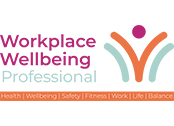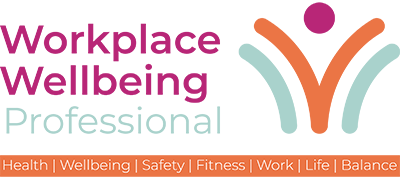Recently, I shared a post on LinkedIn that sparked an incredible amount of discussion, thousands of views, dozens of comments and a clear sign that how and where we work continues to strike a chord. The post centred around a simple yet provocative idea: the “remote vs. office” debate is missing the point entirely.
For HR leaders, this is more than just a debate — it’s a critical business decision. If your strategy is built around “everyone remote” or “everyone back to the office”, you’re already on the back foot.
A rigid, one-size-fits-all approach fails to recognise the complexities of modern workforces and the opportunity to drive business success through a well-designed workplace strategy.
The Hard Truth: No One-Size-Fits-All Solution
Here’s what no one wants to admit:
- Remote work won’t save your culture.
- The office won’t magically fix performance problems.
- Hybrid? It’s NOT a silver bullet if you don’t know what you’re doing.
For HR leaders, the real challenge is not picking a side in this debate but rather crafting a data-driven workplace strategy that supports business objectives while optimising employee engagement and productivity.
The conversations following my post highlighted a crucial theme: companies that blindly follow trends rather than designing a strategy unique to their workforce will struggle. Every organisation has its own DNA, and simply replicating another company’s approach can weaken culture and make the business less competitive.
HR’s Role in Understanding ‘Your People’
A common mistake many leaders make is assuming workplace strategy should be built around who they employ today. But as many HR professionals know, hiring and retention are constantly evolving.
This raises an important question: Should organisations design workplace strategies around their current employees or focus on attracting the workforce they want in the future?
Some argue that designing for the present limits future diversity, while others highlight that disregarding current employees in favour of an idealised workforce is a leadership failure. The reality is that HR must strike a balance. A successful workforce strategy is forward-thinking yet still addresses the needs of existing employees. It must be based on insights rather than assumptions.
The key takeaway? A company’s people, both present and future, must be at the heart of workplace strategy. If HR leaders can articulate this to their stakeholders, they will have greater influence over shaping environments that truly support business success.
Performance Over Presence: The Real Measure of Success
One of the most important shifts in thinking we need to drive home is the move away from where people work to how they work best. Productivity isn’t about hours at a desk or physical presence; it’s about accountability, trust and creating systems that enable meaningful outcomes.
Many companies still rely on outdated productivity metrics, assuming that office attendance equates to performance. HR leaders have a unique opportunity to challenge this thinking by advocating for better measurement tools and strategies that enhance employee engagement and effectiveness, regardless of location.
The Competitive Advantage of a Data-Driven Approach
Perhaps the strongest takeaway from the discussions around my post was this: organisations that get workplace strategy right will outperform those that rely on mandates. Why? Because a tailored, data-informed approach leads to stronger employee experiences, improved retention and, ultimately, better business outcomes.
At ART Health Solutions, we’ve worked with organisations to create tailored workplace strategies that enhance employee wellbeing and business performance. A recent case study on optimising a hybrid working model demonstrated how data-driven insights can refine workplace policies.
Our research revealed key challenges, including poor office space utilisation and fluctuating occupancy levels. By adjusting office attendance policies, redesigning the space for better collaboration and implementing wellbeing initiatives, our client improved workplace experience, productivity and operational efficiency.
The Future of Workplace Strategy: HR’s Influence
This debate isn’t going away anytime soon. But if there’s one thing that became clear from the overwhelming response to my post, it’s that HR leaders have the power to move beyond the noise and drive meaningful workplace transformation.
That means:
- Using data to understand how your workforce performs best.
- Measuring productivity beyond hours worked and accepting location of work doesn’t need to be mandated to enable success.
- Designing strategies that align with your unique culture and mission.
- Adapting as your workforce and business evolve.
HR professionals who embrace this approach will position their organisations for long-term success. Those who default to rigid mandates and outdated assumptions? They’ll struggle to attract and retain the best talent.
If you’re looking for guidance on how to create a tailored workplace strategy that drives performance and enhances employee wellbeing, my team and I are here to help. We’re offering a free consultation to discuss how data-driven insights can shape the future of your workplace.
📩 Contact me at phill@arthealthsolutions.com or connect with me on LinkedIn to arrange a conversation.

Phill Bell
Phill Bell is the CEO of ART Health, where he leads the company in delivering science-led, data-driven strategies to improve workplace health and performance. With a PhD in Exercise Science, Phill has a strong background in human health and performance, having worked with elite athletes to optimise performance. Now, he helps organisations create healthier, more productive workplaces that drive business success. You can learn more about Phill on his LinkedIn page.


